Health Concerns of Pests – Part 3
Health Concerns of Pests – Part 3
This Health Concerns Post Series breaks down some of the most common pests and the various medical issues they can cause. In this blog, we breakdown stinging pests.
Stinging Pests
There are thousands upon thousands of different stinging pests and, depending on their specific species, they can pose a variety of different threats to the health and safety of people.
Warrior Wasps
These wasps are native to South America and are well known for their excruciatingly painful stings. Starting in 1984, well-known entomologist Dr. Justin Schmidt undertook a shockingly dangerous and incredibly painful experiment in which he allowed over 80 different Hymenoptera to sting him in order to record the experiences in depth. To create order in his recordings, he created a pain scale, called the Schmidt Pain index, in order to rank the intensity of the stings of each of these creatures. The Schmidt Pain Index ranged from 1 (an annoying, short-lived pain) to 4 (what Dr. Schmidt described as agonizing torture). For these South American wasps, Schmidt dealt out his highest rating. He described the encounter as utterly excruciating, even comparing it to “torture,” and saying it felt like “you are chained in the flow of an active volcano.” The pain is also unrelenting, sometimes lasting over 2 hours. As such, it seems to be in the best interest of people to stay far away from these creatures as multiple stings could cause a medical emergency. 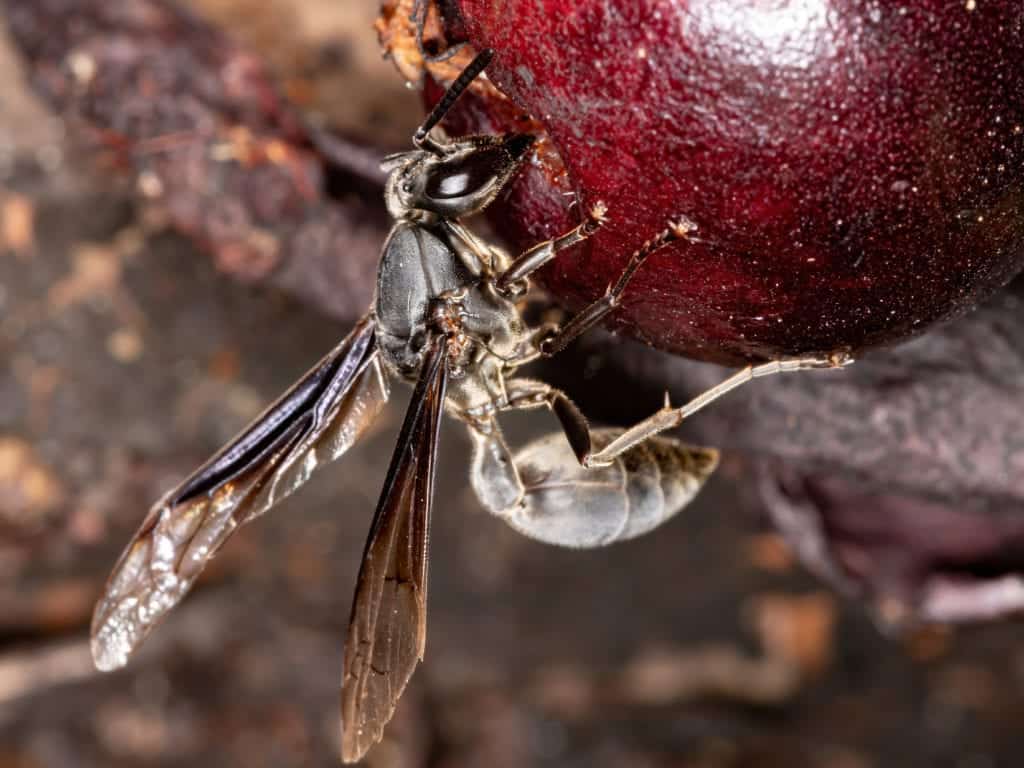
Tarantula Hawks
Contrary to it’s misleading name, these stinging pests are neither tarantulas nor hawks. They are actually a type of wasp that live in the southwestern United States and are so named due to their large size and preferred diet of tarantulas. These stinging pests were another subject of Dr. Schmidt’s experiments that earned a rating of 4. Schmidt wrote that their stings are “blinding, fierce, [and] shockingly electric” as though “a running hair dryer has been dropped into your bubble bath.” This tormenting nature of the sting is due to a neurotransmitter called acetylcholine. This affects both motor and pain neurons in the body, causing intensely painful cramps as your muscles violently contract, paralyzing those areas of your body. Luckily, the human body can typically recover from these stings but in the case that a victim sustains a collection of stings, it can quickly become a medical emergency. 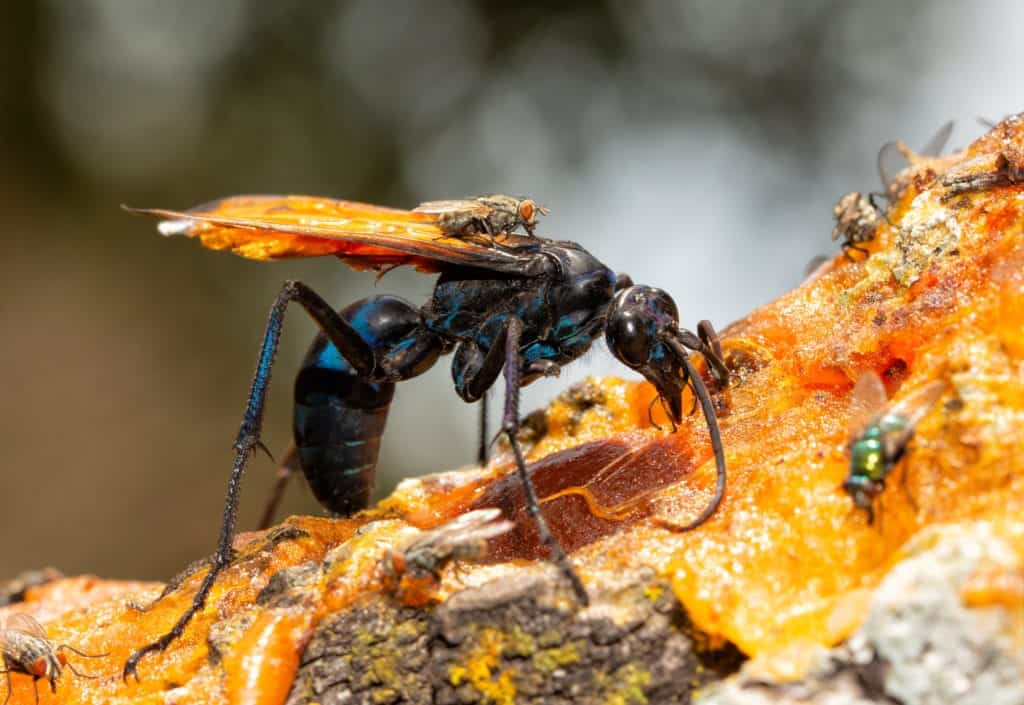
Africanized Honeybees
Also known as “Killer Bees” Africanized Honeybees are a force to be reckoned with. They are notorious for having vengeful personalities and have even been found to chase people for miles simply for disturbing their nests. While their venom is not particularly potent or dangerous of its own right but, the vast population size of colonies (up to 80,000 bees) can be easily overwhelming, resulting in a potential of several thousand stings in a single encounter. Receiving a dose of their venom in such magnitude can result in death even for those that do not have an allergy to the stings. The death toll due to Africanized Honeybees currently stands at roughly 1,000 worldwide. 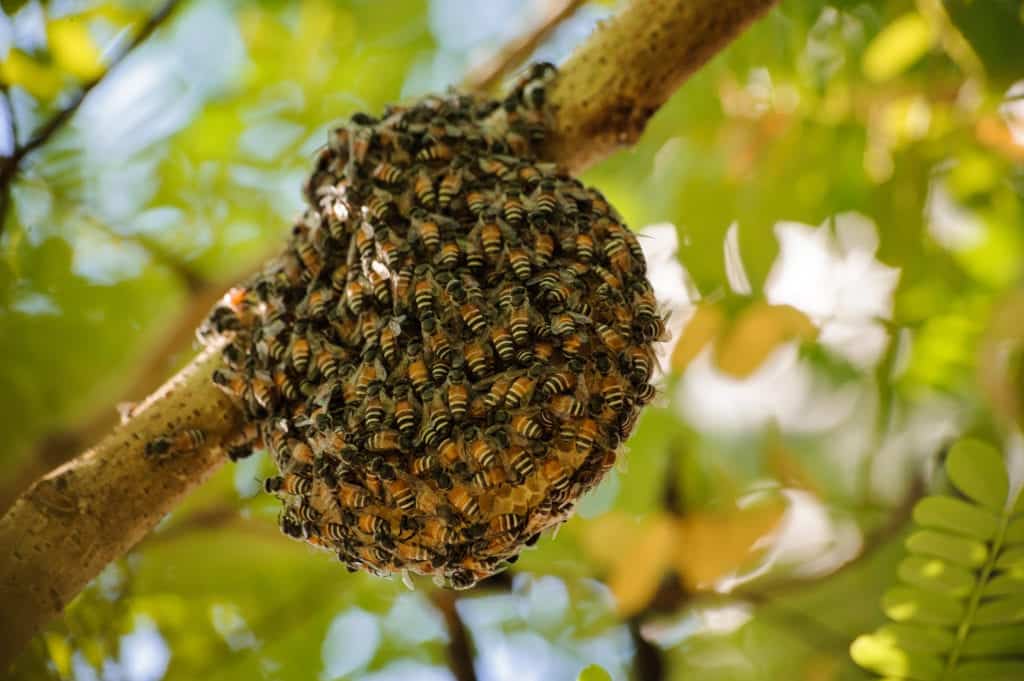
Murder Hornets
Vespa Mandarinia, the Asian Giant Hornet, are well known for causing carnage and devastation in honeybee hives, but they also pose a significant threat to humans as well. Beekeeper Conrad Bérubé who was assigned the task of removing an invasive nest of these creatures from Vancouver Island, was immediately attacked by these aggressive Hymenoptera. The powerful mandibles and stingers of the creatures easily penetrated his protective suit, effectively striking him over and over. Bérubé described the attack as “having red-hot thumbtacks being driven into my flesh.” Other reports from people who have been unlucky enough to encounter these insects, corroborate this account, confirming that an attack from murder hornets is indeed agonizing and can lead to permeating aches/pains in the areas of attack. However, the pain is the least of your worries as, in extreme cases, the sting of a murder hornet can be fatal. Murder hornets are initially from Asia, inhabiting both the eastern and southeastern parts of the continent as well as being commonly found in Japan. Each year in Japan, these murder hornets are responsible for the deaths of between 30-50 people. Similarly, in China just between July and October in 2013 in the Shaanxi province of China, 41 people were killed and 1,660 were injured by murder hornets. 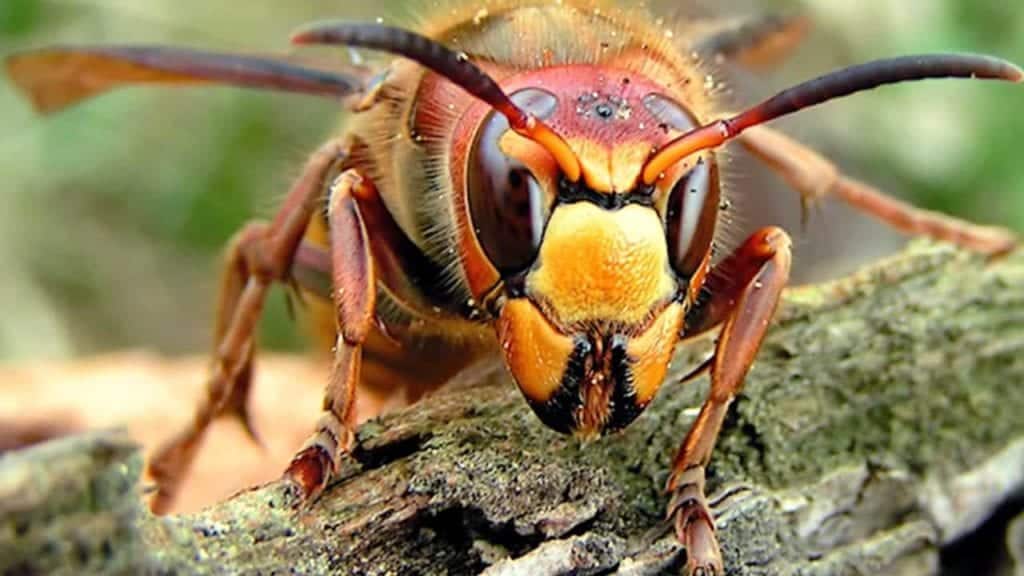
Common Stingers in Illinois
Luckily, in Illinois it is rather unlikely that you will ever come across the aforementioned dangerous stingers. However, the following Hymenoptera are common to this area and, while not all of them are aggressive, many people have allergies to these insects, making them also potentially deadly to some. Bees – Honeybees are far more concerned with making honey than attacking anyone. In fact, experienced beekeepers can tend to their apiaries without even wearing protective gear if they are gentle with the hive. Attacks typically only occur if you have disturbed their nest and made the little guys feel threatened. These attacks, while not excruciatingly painful, can be unrelenting and cause damage to your health and safety – especially in the case of an allergy. Paper Wasps – These wasps are well known for being aggressive, predatory, and very territorial. Due to their territorial nature, they are extremely unfond of people getting close to their nests and have a tendency to attack if they feel you’ve gotten within a certain range or if they think you may be a threat. Unlike honeybees who lose their barbed stingers and die after the encounter, wasps have smooth stingers that remain intact and can be used over and over. Hornets – While hornets are not typically super aggressive creatures, they are very protective and if they feel their nest may be in danger or you’ve gotten too close to them, they can attack with an unrelenting vengeance. They have powerful stingers that can penetrate even through thick clothing and protective gear, and will often attack as a large swarm. Yellowjackets – These pests are extremely aggressive and are actually one of the most common culprits when it comes to being stung in your own backyard as they are native to North America. When they attack, yellow jackets tend to sting repeatedly with their venomous stingers, and will even bite their victims. If you’ve unfortunately been stung by any of these creatures, it is important to inform others around you and seek medical attention (especially if you are aware of an allergy to stings). If you notice a stinger still in your skin, you will also need to remove it. The longer a stinger is in, the more venom is able to seep into your skin. A great way to cleanly remove a stinger is by using a straight edged object and swiping it across the area – you can even use your fingernail for this. Recent research has shown that it’s just important the remove the stinger as quickly as possible. Following this, wash the area with soap and water and apply a cold compress to reduce swelling while awaiting medical assistance. Be sure to also inform anyone around you as well as attending medical professionals is you have a known allergy to stings in order to ensure you receive proper care and attention. 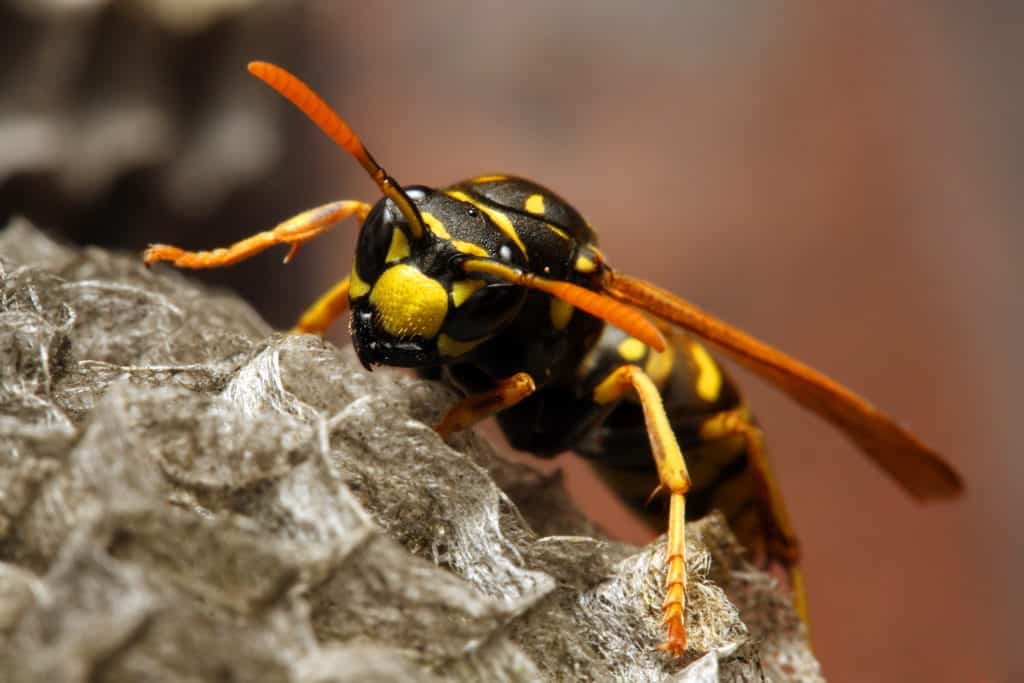
Citations
8 of the Worst Stinging Insects (2017) SciShow. Available at: https://www.youtube.com/watch?v=3NHJjEFk32c&t=322s (Accessed: May 2020). 10 Most Dangerous Insects You Must Run Away From (2020) YouTube. Top 5 Best. Available at: https://www.youtube.com/watch?v=gK4ijVsrUTI (Accessed: September 2020). Ambrose, K. (2019) Yellow Jackets: Fall’s Fearsome and Feisty Wasps that can Sting Repeatedly, The Washington Post. Available at: https://www.washingtonpost.com/weather/2019/11/09/yellow-jackets-falls-fearsome-feisty-wasps-that-can-sting-you-repeatedly/ (Accessed: September 2020). Baker, M. (2020) ‘Murder Hornets’ in the U.S.: The Rush to Stop the Asian Giant Hornet, The New York Times. The New York Times Company. Available at: https://www.nytimes.com/2020/05/02/us/asian-giant-hornet-washington.html (Accessed May 2020). Barth, Z., Kearns, T. and Wason, E. (2013) Vespa Mandarinia, Animal Diversity Web. University of Michigan. Available at: https://ainmaldiversity.org/accounts/Vespa_mandarinia/ (Accessed: May 2020). Biswas, J. (2018) What to do in a Bee Attack: 5 Things You Need to Know, ABC News. Available at: https://abcnews.go.com/US/bee-attack-things/story?id=56663013 (Accessed: July 2020). Davidson, O. (2016) Summer Safety: How to Avoid Bee-Swarm Attacks, Scientific American. Springer Nature America. Available at: https://www.scientificamerican.com/article/summer-safety-how-to-avoid-bee-swarm-attacks/ (Accessed: July 2020). Martin, W. (2020) ‘Murder Hornets’ Spotted in the U.S. Here’s What You Need to Know, Science Alert. Business Insider. Available at: https://www.sciencealert.com/this-is-a-murder-hornet-and-it-s-currently-taking-over-the-us (Accessed: May 2020). Rosane, O. (2020) ‘Murder Hornets’ Spotted in the U.S. for the First Time, EcoWatch. Available at: https://www.ecowatch.com/murder-hornets-honeybees-us-2645912097.html?rebelltitem=2#rebelltitem2(Accessed: May 2020). Vogt, C. (2018) Types of Wasps That Are Very Aggressive, Sciencing. Available at: https://sciencing.com/types-of-wasps-12365156.html (Accessed: September 2020).
Request a Free Quote Today
(We do not share your data with anybody, and only use it for its intended purpose)


